In addition to making different design statements, different window options have different pros and cons. The good news for anyone who is in a home with older windows that aren’t adding value is that replacing windows is relatively easy.
Yes, there is a big financial commitment to replacing windows. However, the advantage to getting rid of damaged or outdated windows is that you’re switching from something that doesn’t work to a lifetime of cost savings due to increased energy efficiency.
New windows can also boost a home’s value. In fact, window replacement is one of the “homes fixes” with a high ROI (return on investment).
If you’re looking for a window cost estimator, you should know that actual costs vary wildly based on the window style, window size, window brand and materials you choose.
However, HomeAdvisor provides an estimate for replacement windows that falls between $200 and $1,800 per window. That places the average cost at just about $650 per window. That means between $3,000 and $10,000 for a three-bedroom home with full window replacements and installation.
Keep in mind that the cost of replacing your windows here in San Antonio is going to potentially save you up to 15 percent on your energy bill because you won’t be allowing cold air from your central air to simply rush out of your old, inefficient windows any longer.
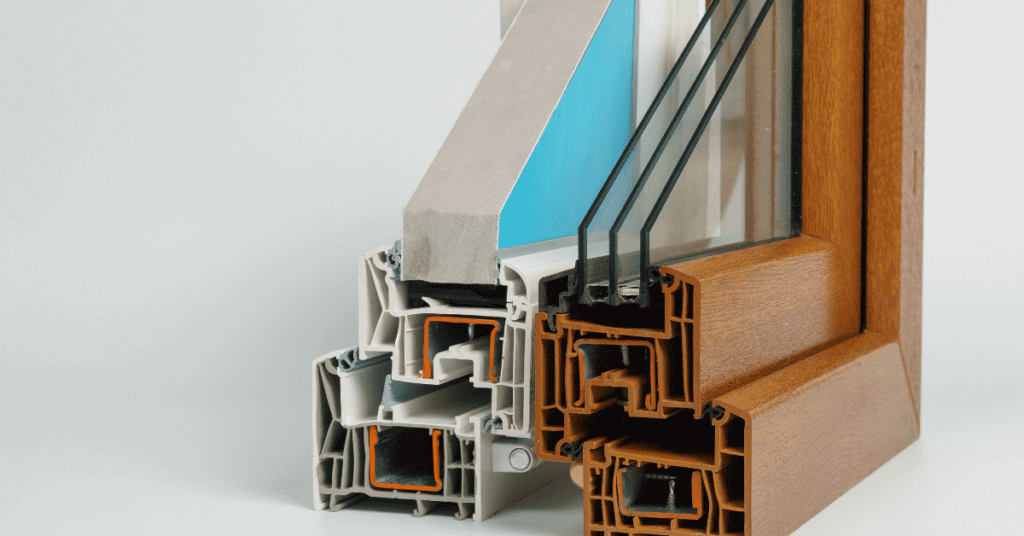
It’s really exciting once you dive in to explore just how many attractive, energy-saving options there are out there for creating a beautiful home. Let’s let the light in on the different types of windows all homeowners should know about!
Single Hung
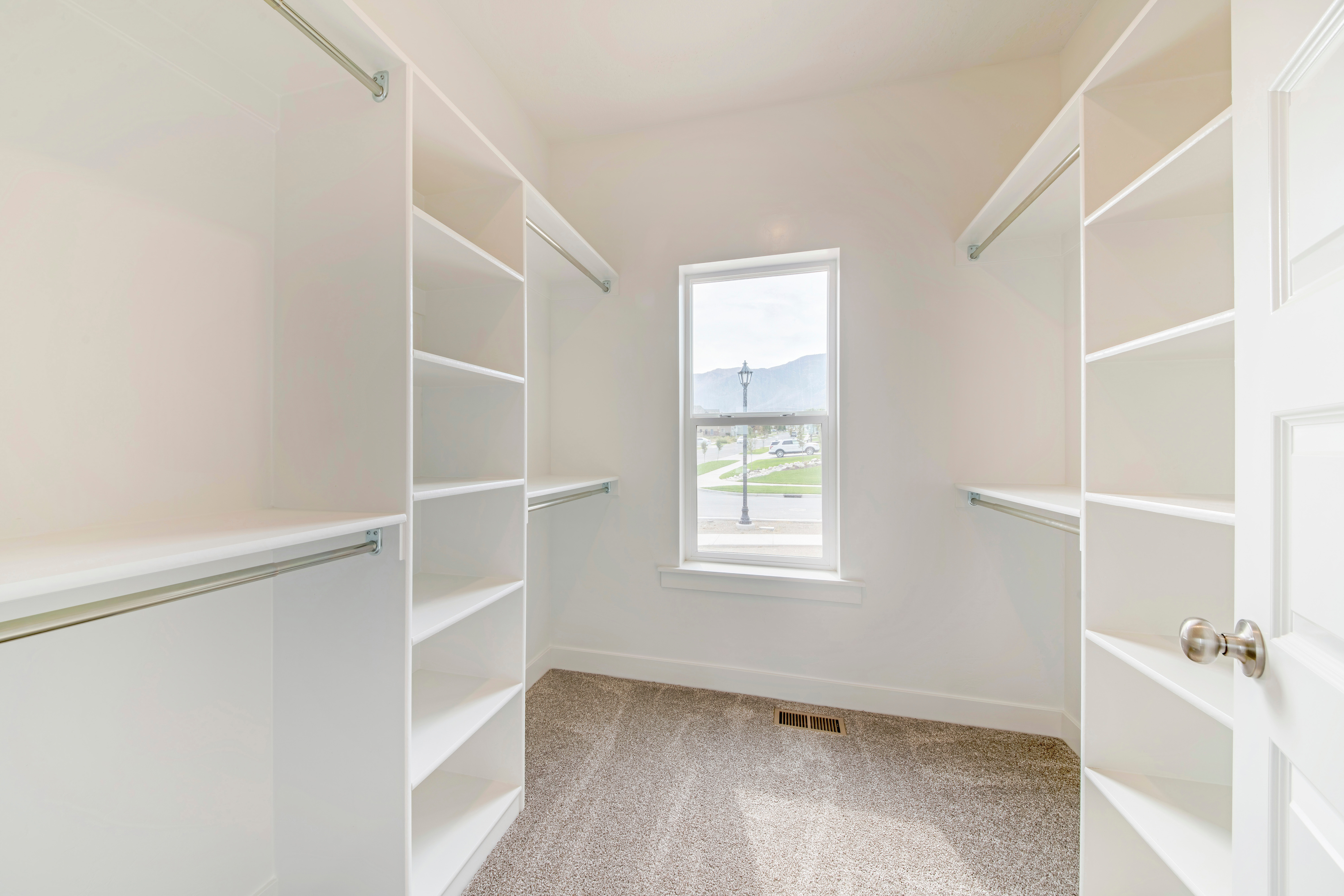
Single hung is your most basic option. While simple, this option will work best for people who are looking for a fairly inexpensive window swap in a place where the climate is relatively mild.
The big pro here is that single hung is the cheapest overall window option.
They also tend to be the most efficient in terms of energy.
A single-hung window features a single moveable sash. Your window is raised from the bottom when being opened. The top portion of this window style notably stays stationary. This is that standard up-and-down window that we’ve all probably encountered in homes.
The reason why single-hung windows are considered more efficient is because they have less moving parts that allow air seepage. However, the U.S. Department of Energy places them pretty much in a tie with double hung.
While not difficult to clean, single-hung windows are slightly harder to clean than double-hung windows because you won’t have the tilt-in feature that’s common with double hung.
Double Hung
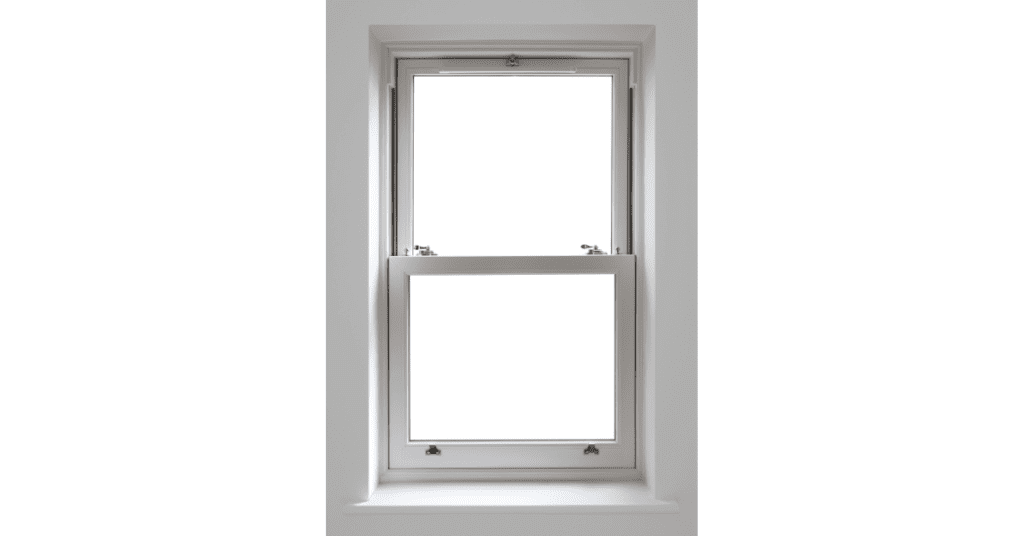
A slightly fancier companion to the single hung, the double hung features two sashes instead of one. This means you can open both the top and bottom portions.
A lot of people really love opening just the top sash during the evening to sleep with cool air circulating in the space “above them” without being hit with breezes.
Double-hung windows offer much more ventilation than single-hung windows because you’re able to open both sashes at the same time to get better flow. There is also an effect where cool air will flow through the bottom portion of your window while warm air will flow from the top. This allows you to simply rely on the law that hot air rises naturally to enjoy added comfort in your home!
While options like awning and bay windows also provide excellent benefits in terms of air circulation, they often lack the full screens that double-hung windows have as a rule. That means that you’re not getting protection from bugs when you let in those breezes!
When compared to single hung, double hung is the pricier option. These windows can be less efficient simply because you’re not getting that stationary seal on the top portion. However, new double-hung windows are considered exceedingly efficient.
Casement
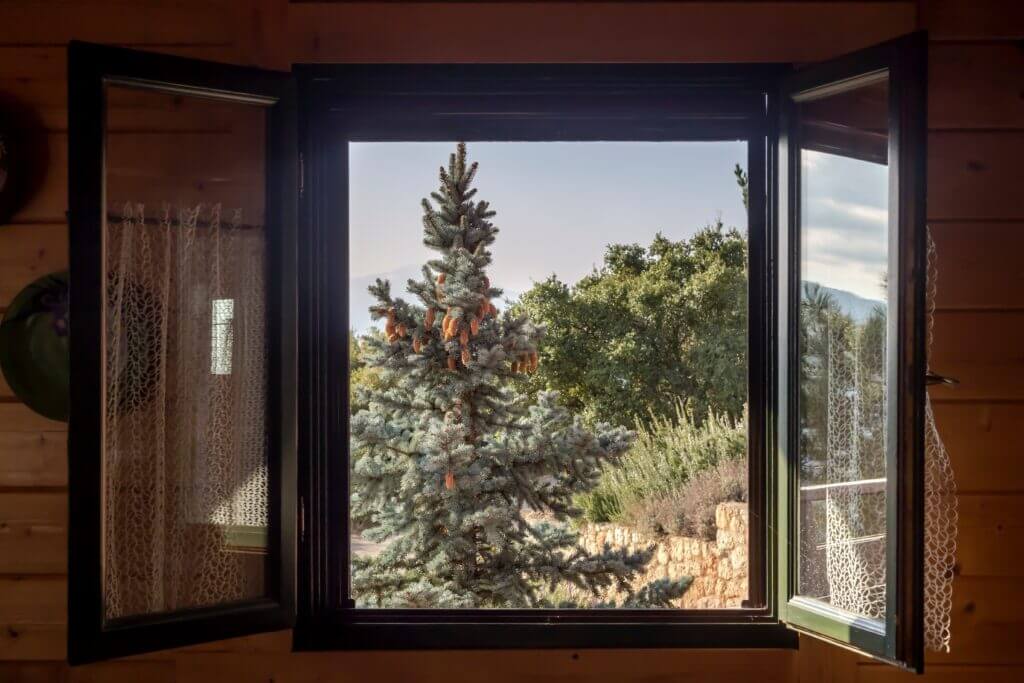
Casement windows are very attractive. They can be great for an area where you want to highlight a view because they have a vertical split instead of a horizontal split. That means that your top-to-bottom view isn’t obscured. They can also bring a very modern, crisp aesthetic to a space.
Casement windows are “French-door” windows that open using crank handles. They open using a spring-loaded balance system that is very easy to use.
Many people find casement windows very easy to clean. In fact, they are commonly used over kitchen sinks simply because they are much easier to access.
Casement windows offer better ventilation than single hung and double hung because you’re getting fully opened windows without any obstructions. That vertical opening allows air to flow in completely unfettered.
Casement windows are also in top place for energy efficiency. With your entire window sashing being movable, you’re getting a much cleaner, tighter fit when you fasten your window secure. They also have weather stripping that locks into place nicely when your windows are shut.
There are some size limitations with casement windows. It’s just not possible to retain the mechanics and efficiency with this window style when you go too big. While you can get some fairly large casement windows, it might be time to look at options like bay or sliding windows if you want large picture windows.
Bay
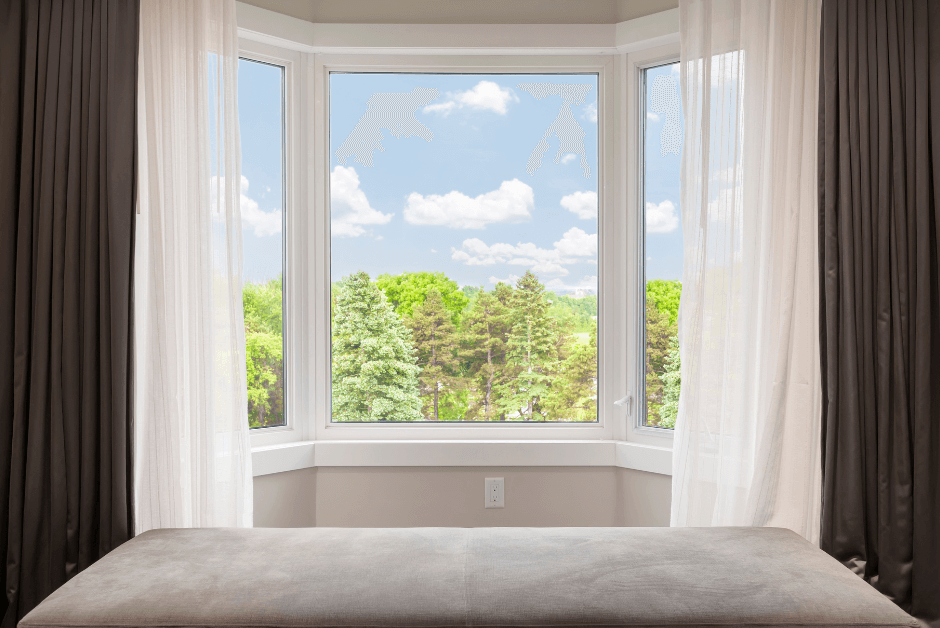
A bay window is a three-sectioned design with outward bowing.
With this style, you’re getting a large picture window that is bordered by two thinner windows. Bay windows are very stunning. They can add what feels like instant square footage to a home by “pushing out” your windows.
If your home gets good light, you’ll love what a bay window can do! With a normal window, you’re only allowing light into your home from a single angle. With a bay window, that natural light is coming in from three sides.
While large, bay windows can still be very energy efficient as long as you’re choosing high-quality windows.
A bay window can be a big price commitment. If you don’t already have a bay window in your home, adding one can be a relatively tough home-improvement project. Do consider them if you’re building an addition because it’s easiest to add them in on a new construction.
Awning
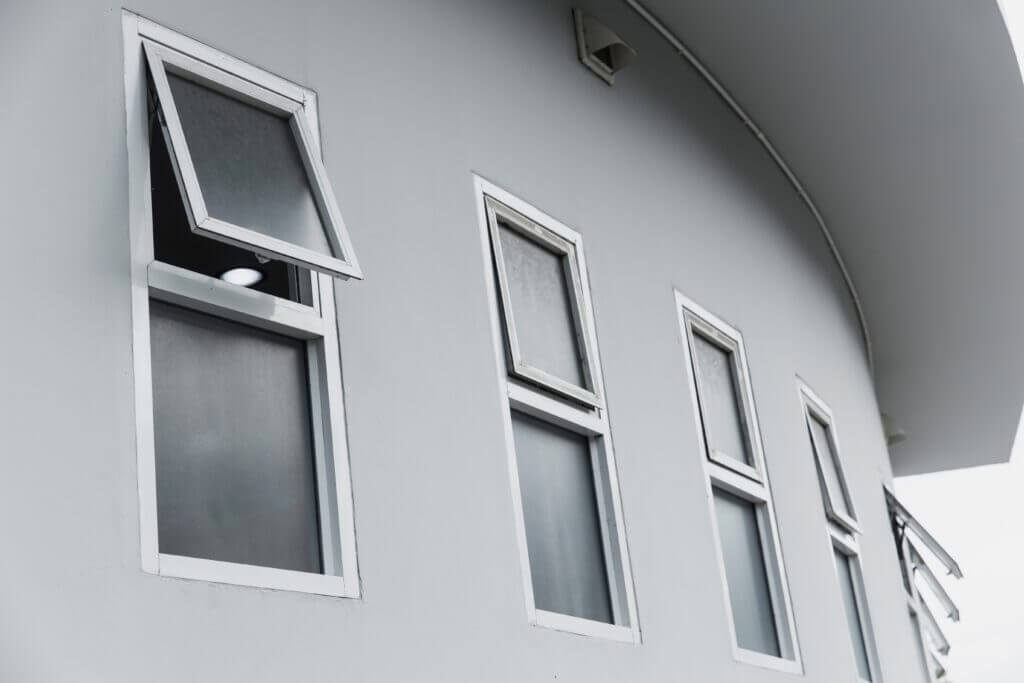
Awning windows are great for bringing a fresh, contemporary vibe to your home. You can also control ventilation by choosing “full” or “partial” opening positions when letting some air in with awning windows. They are fantastic for letting in cool breezes!
An awning window is hinged at the top of the frame. You’re pushing the bottom outward when opening this window.
While awning windows can be used as “standard” windows, they also make incredible accent windows. Many people place them over doors to create bigger views with more sunlight.
The fact that awning windows open at the bottom means that you’re getting a built-in “shelter” over the opening that allows them to shed water. That means that you can technically leave them open in a light rainstorm without worries.
You also have less worry if you happen to leave the windows open by accident during rain!
The tight bottom seal on an awning window is great for efficiency. Another perk is that these windows are great if you have close neighbors because they can be placed higher for privacy.
Sliding
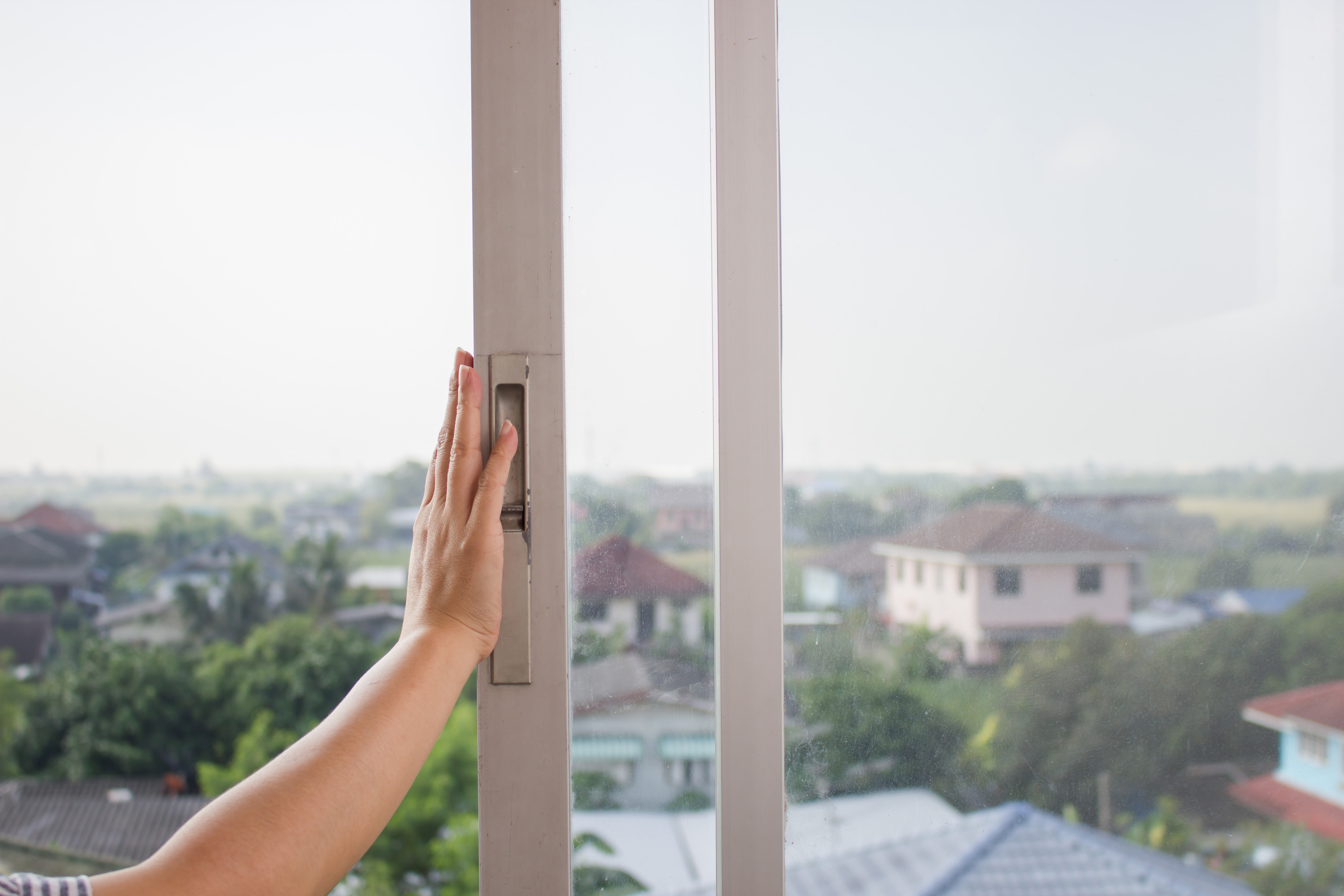
Sliding windows are terrific for controlling air flow in your home because you can choose to open from “just a crack” to “all the way” in a snap! They also tend to be cheaper than an option like a casement window even though they offer the same modern look.
Sliding windows open horizontally instead of vertically. This is both convenient and aesthetically fresh. They also have a very open, unobstructed look that’s perfect if you’re going for a window that shows off views.
There is also the perk that sliding windows have fewer parts than other window styles. This can simply make them easier to maintain and clean. You also don’t have to worry as much about the “mechanics” of your window going bad.
Sliding windows tend to be very efficient because you’re getting a tight seal. You can also very easily get a sense that they are shut properly because they are so easy to access with your arms without straining.
Is Window Installation on Your Mind?
The exciting thing about considering different types of windows for homes is that you could soon be looking out of much more efficient windows that offer better views. If you’re simply trying to upgrade from unattractive windows that are letting all the cold air out of your home, you can get away with a budget upgrade with single hung or double hung.
All of the other options on the list offer ways to completely reinvent the feel of your home while allowing you to enjoy natural breezes in ways you didn’t even know were possible!
